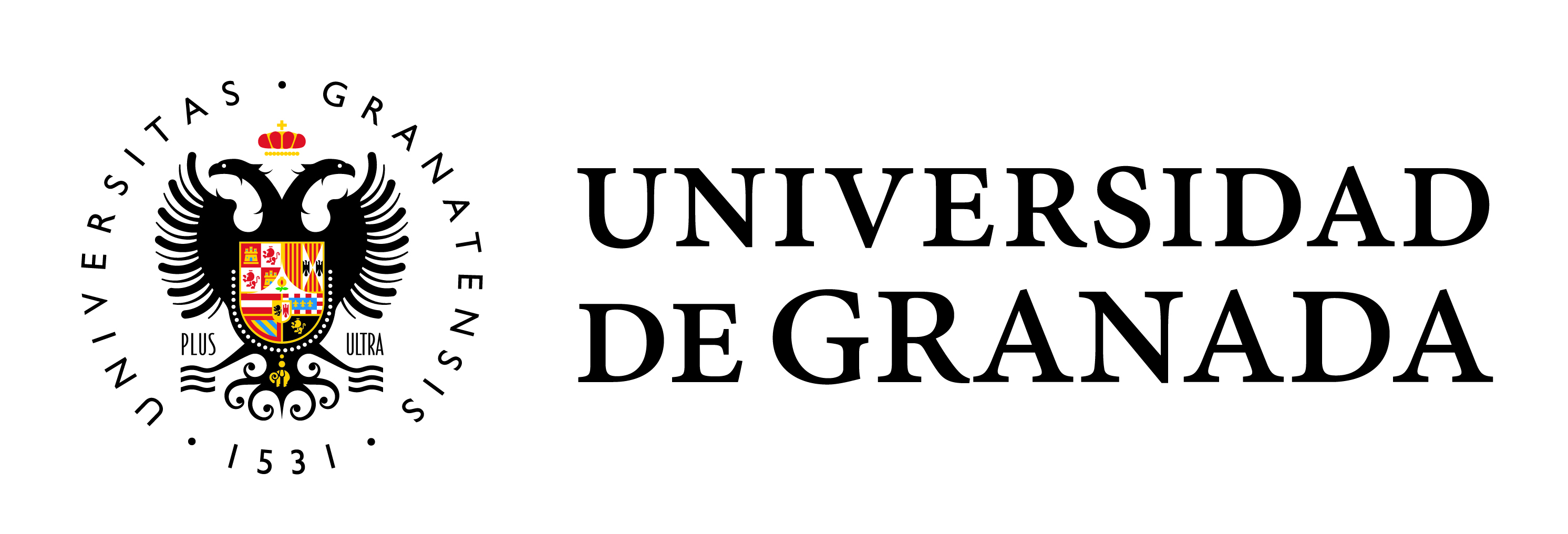El rol de los científicos en la interface hombre-naturaleza en las áreas protegidas MaB
Contenido principal del artículo
Resumen
Según la teoría de los metabolismos sociales, la interacción humano-naturaleza puede generar “residuos” que pueden actuar como pasivos ambientales. El impacto de los científicos que interactúan con la naturaleza en sus investigaciones de campo, raramente es discutido en la literatura. En este artículo, evaluamos las externalidades producidas por los científicos en sus investigaciones sobre fauna en función del sistema de zonificación de las Reservas del Hombre y la Biosfera (MaB) con el objetivo de determinar incompatibilidades. Suponemos que los sistemas de zonificación de MaB podrían evitar la generación de este tipo de residuos por parte de los científicos. Para ello se sistematizaron todos los documentos referidos a la Reserva MaB Ñacuñán en Argentina (más de 60 años de registros) y se creó una biblioteca digital. Luego espacializamos las investigaciones referidas a fauna y se contrastaron con el sistema de zonificación actual. Los resultados mostraron que la mayor parte de las investigaciones fueron manipulativas y se localizaron en la zona de transición, seguida de la zona del núcleo norte. Los científicos no siempre respetaron las actividades permitidas por zona, seleccionando sus sitios de muestro en función de la proximidad a su alojamiento. Por ello es necesario formular políticas para evitar las responsabilidades de los científicos y para orientar la generación de conocimientos en las zonas menos estudiadas a efectos de promover la conservación y el desarrollo sustentable de las Reservas MaB.


